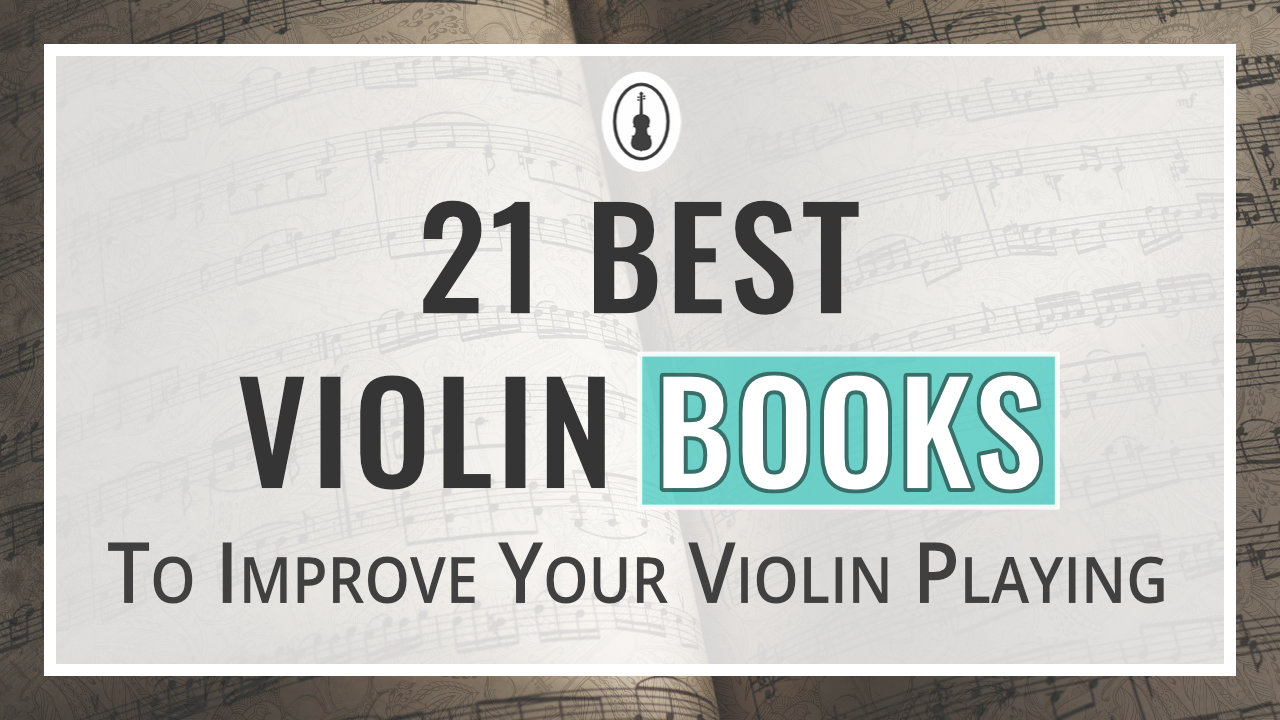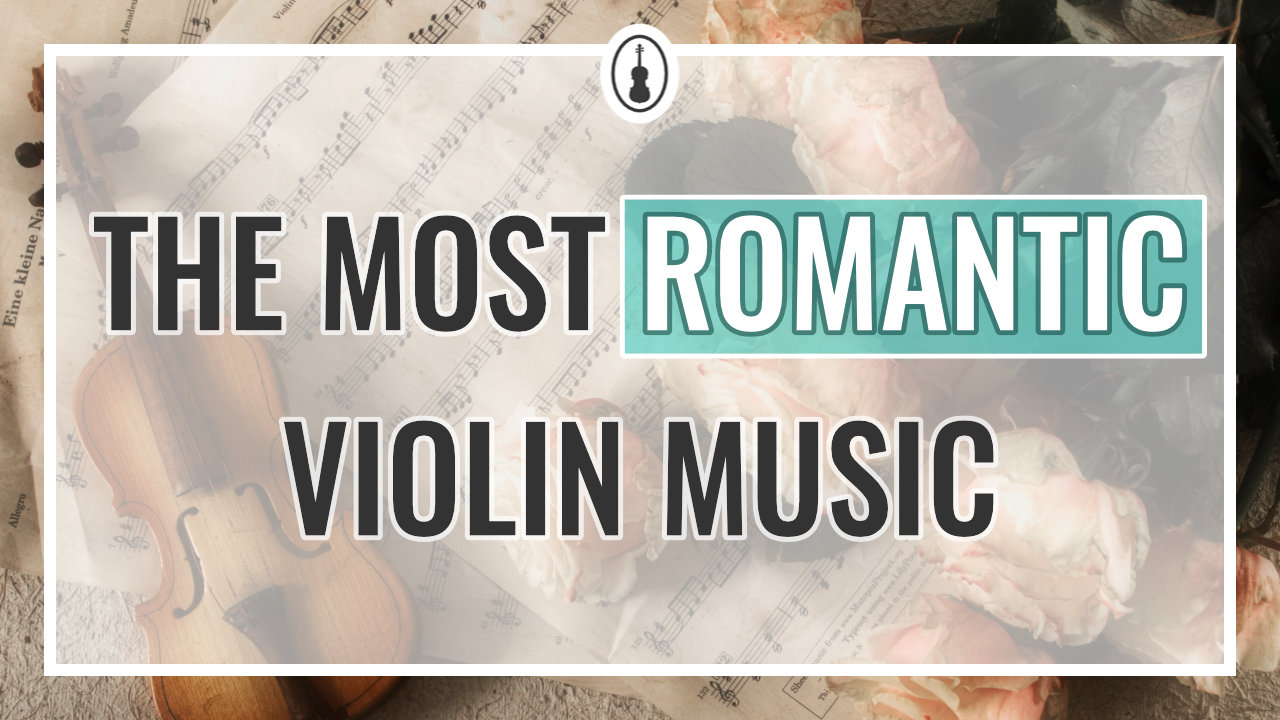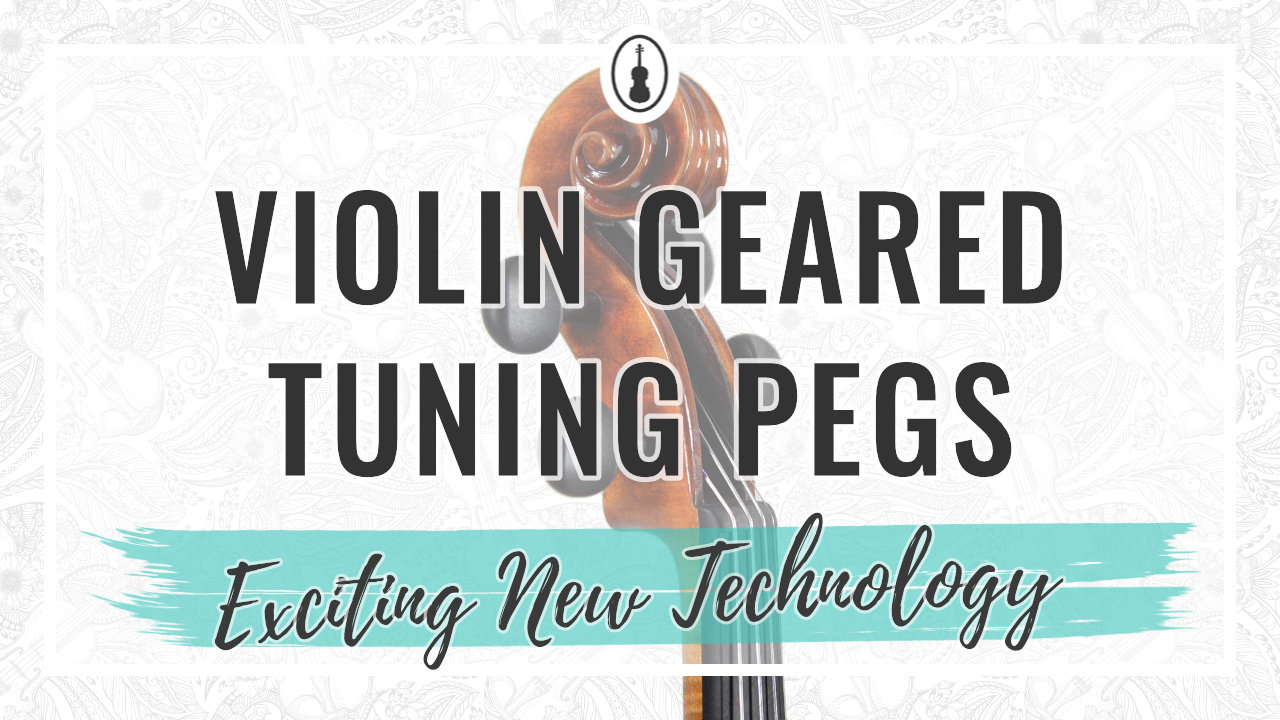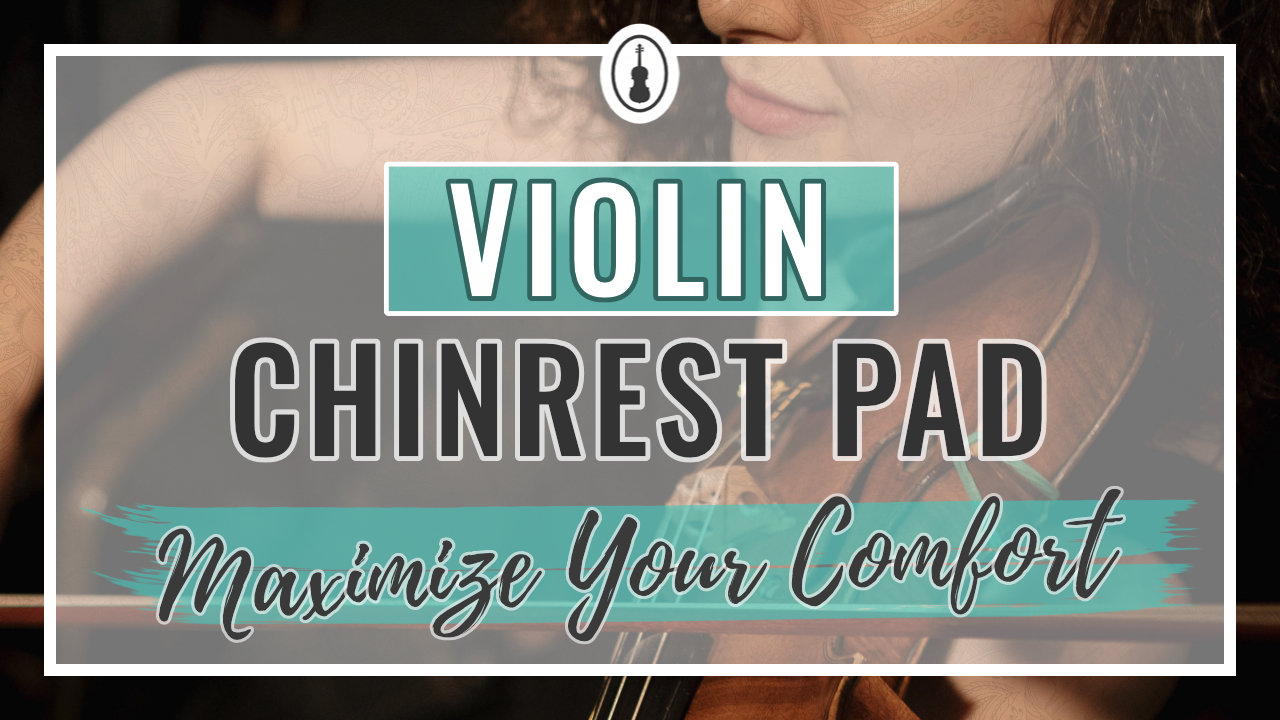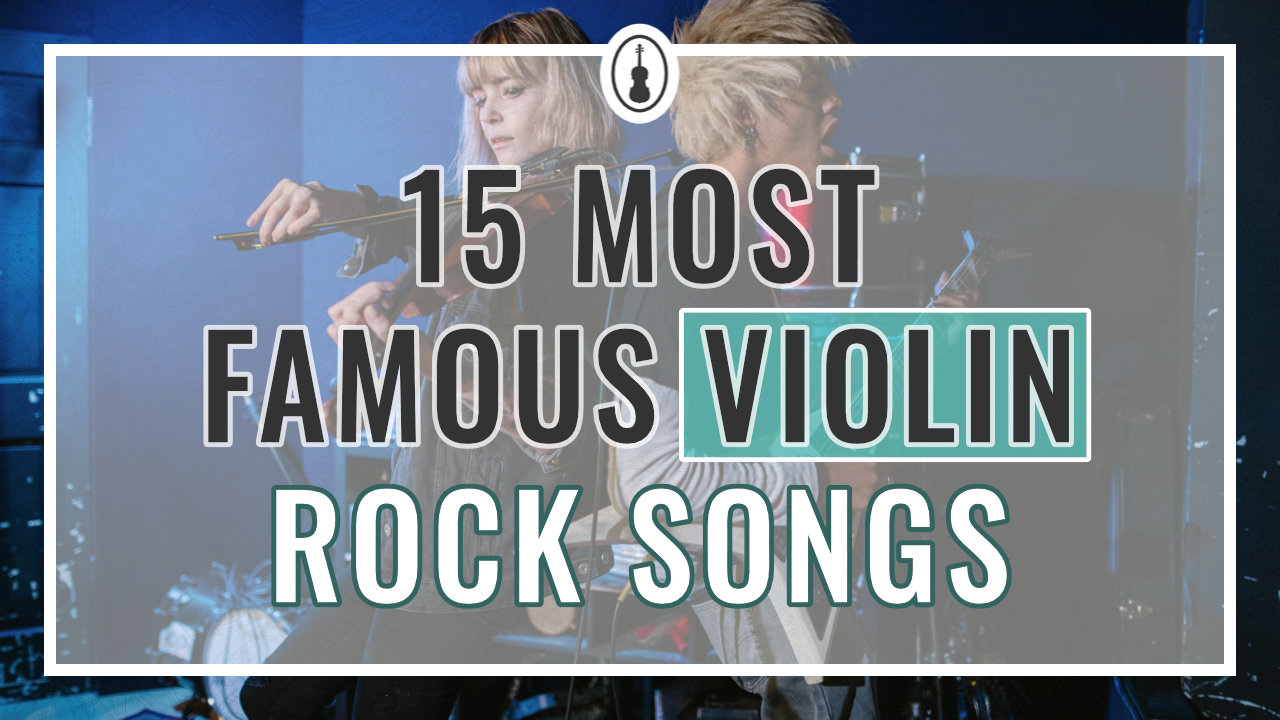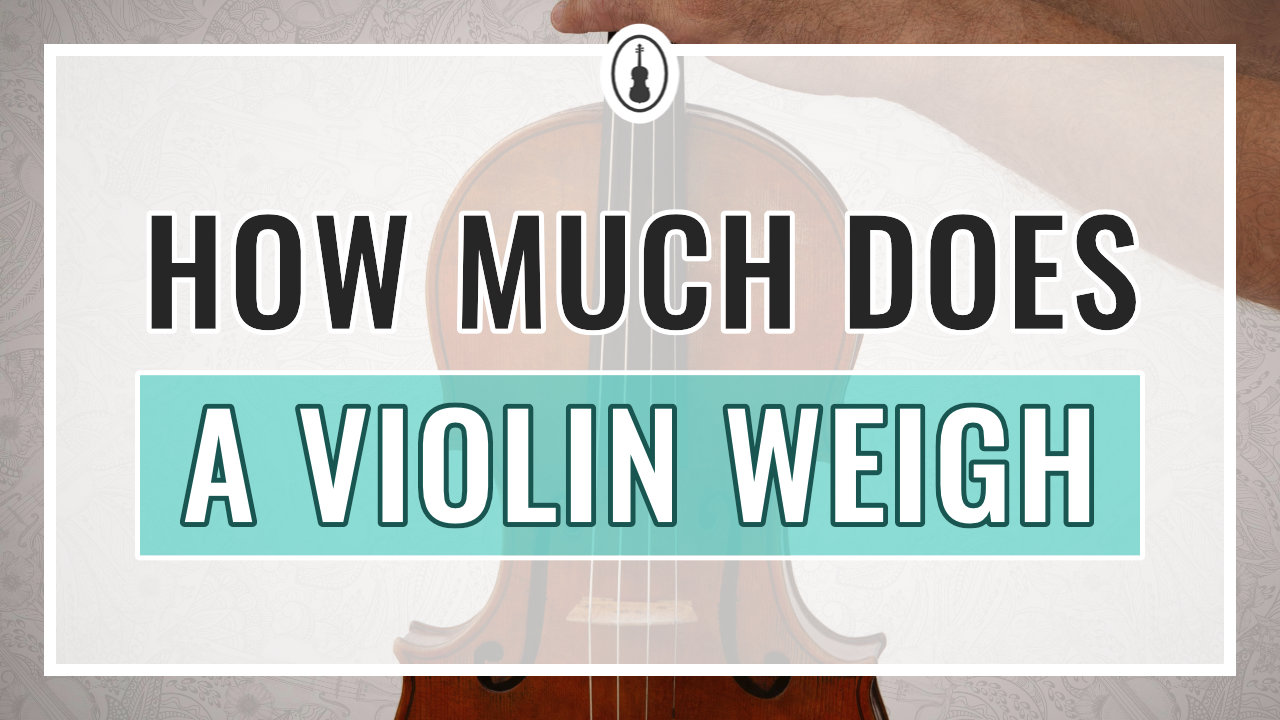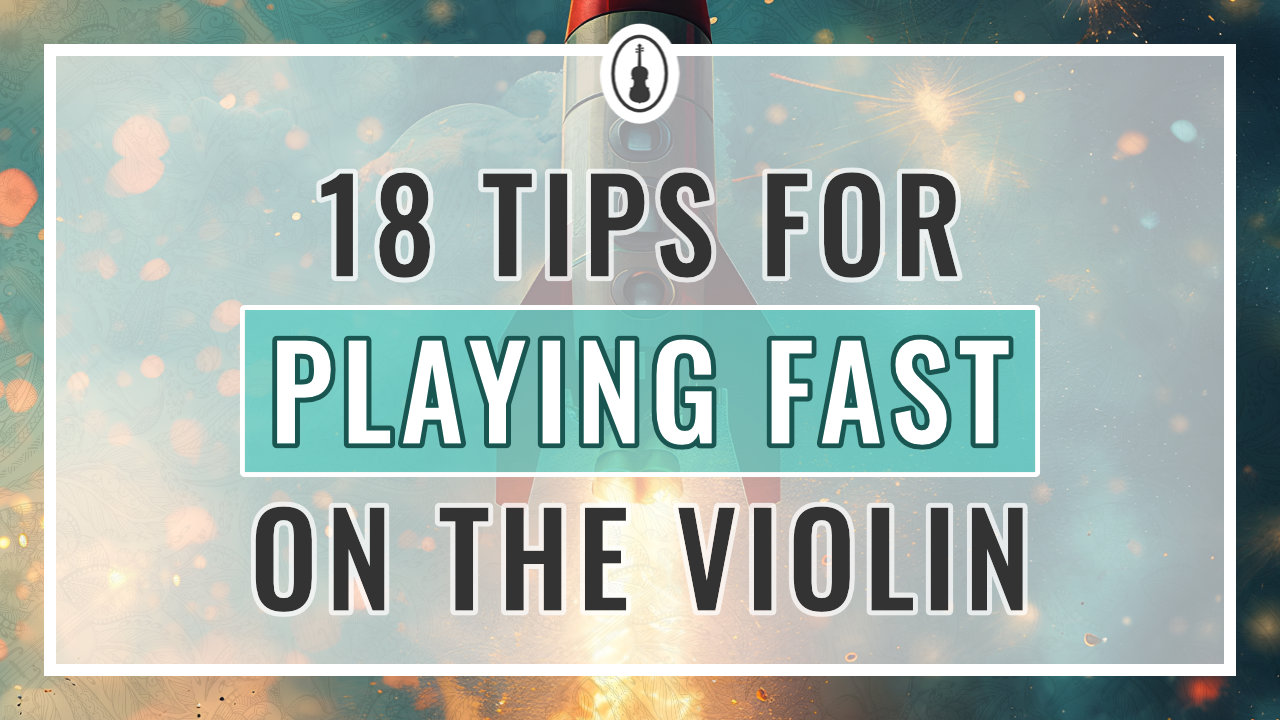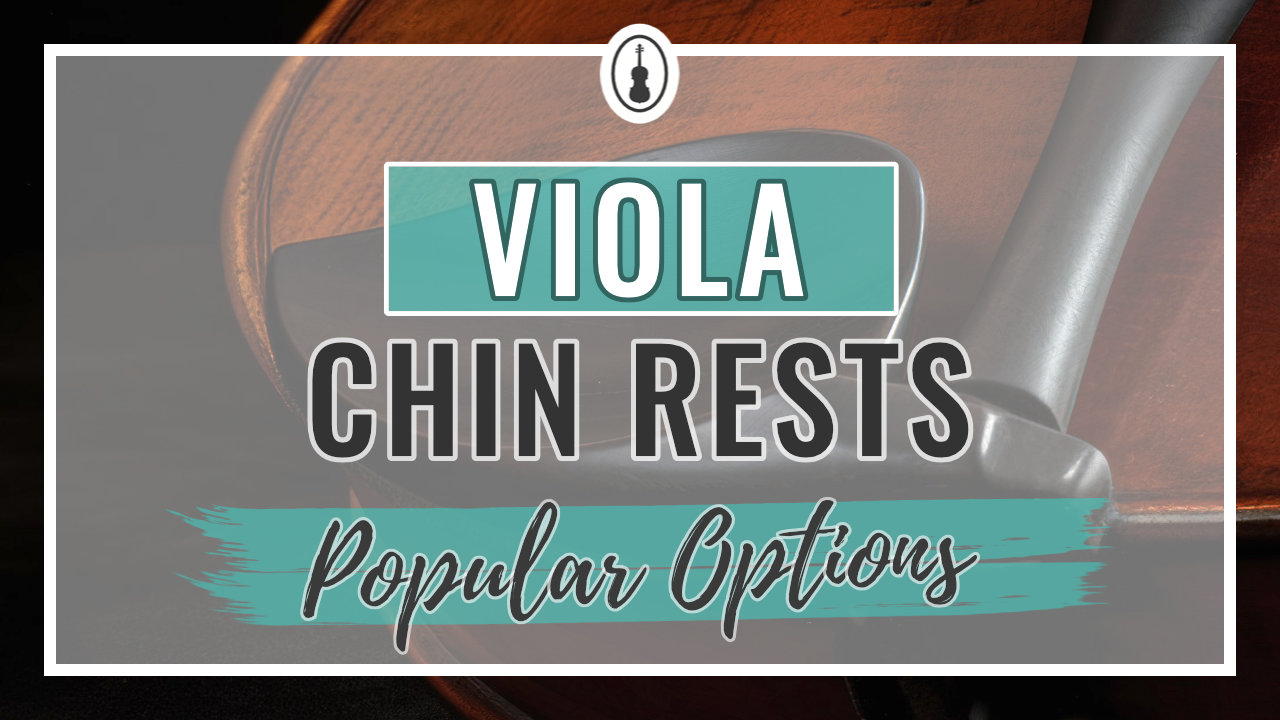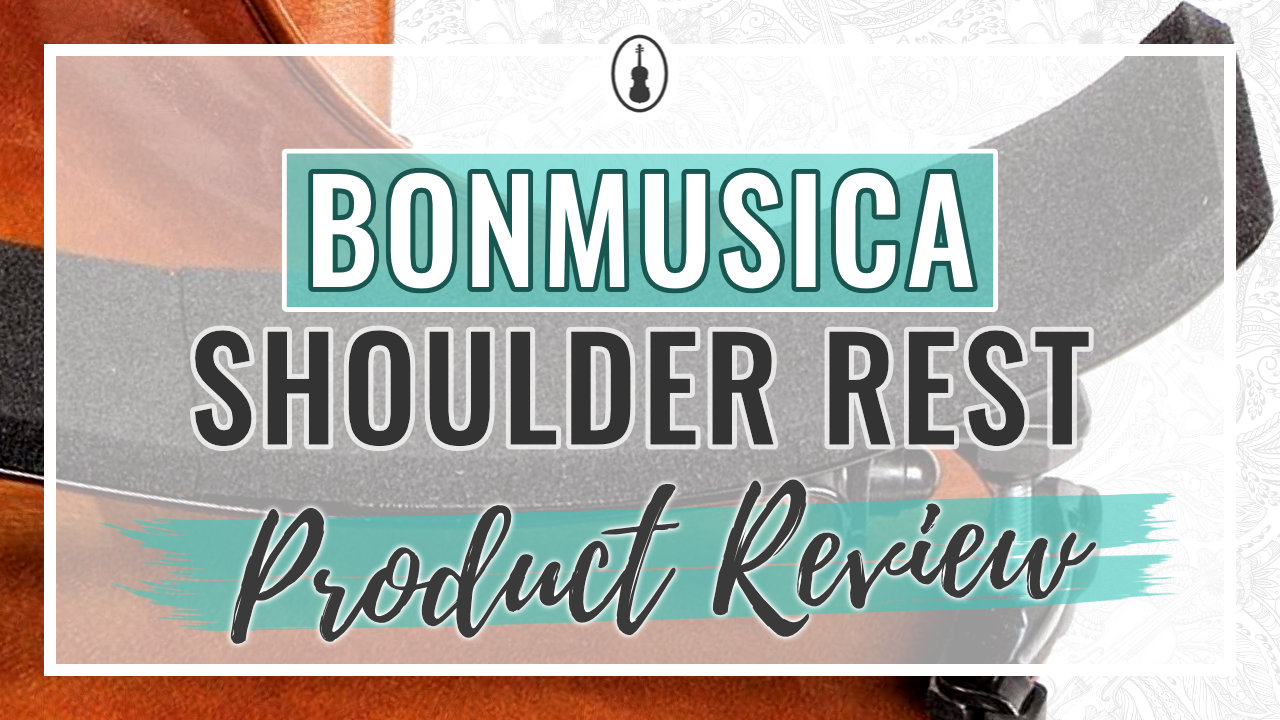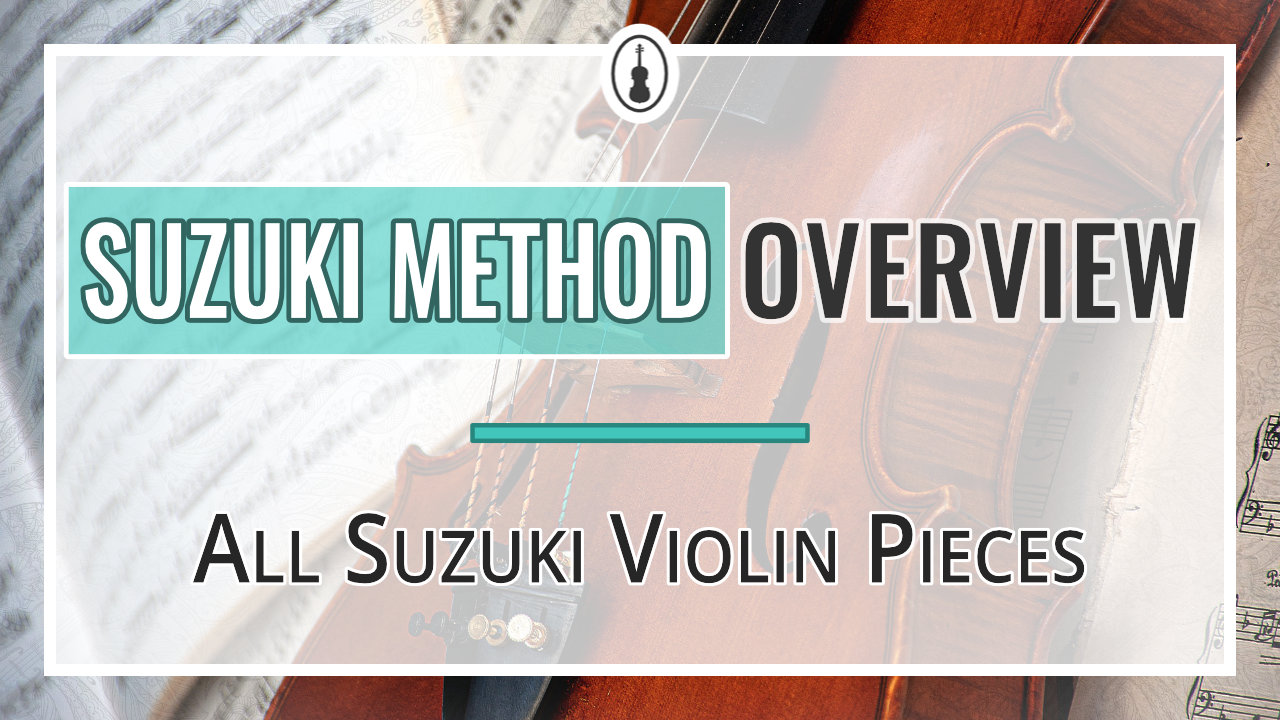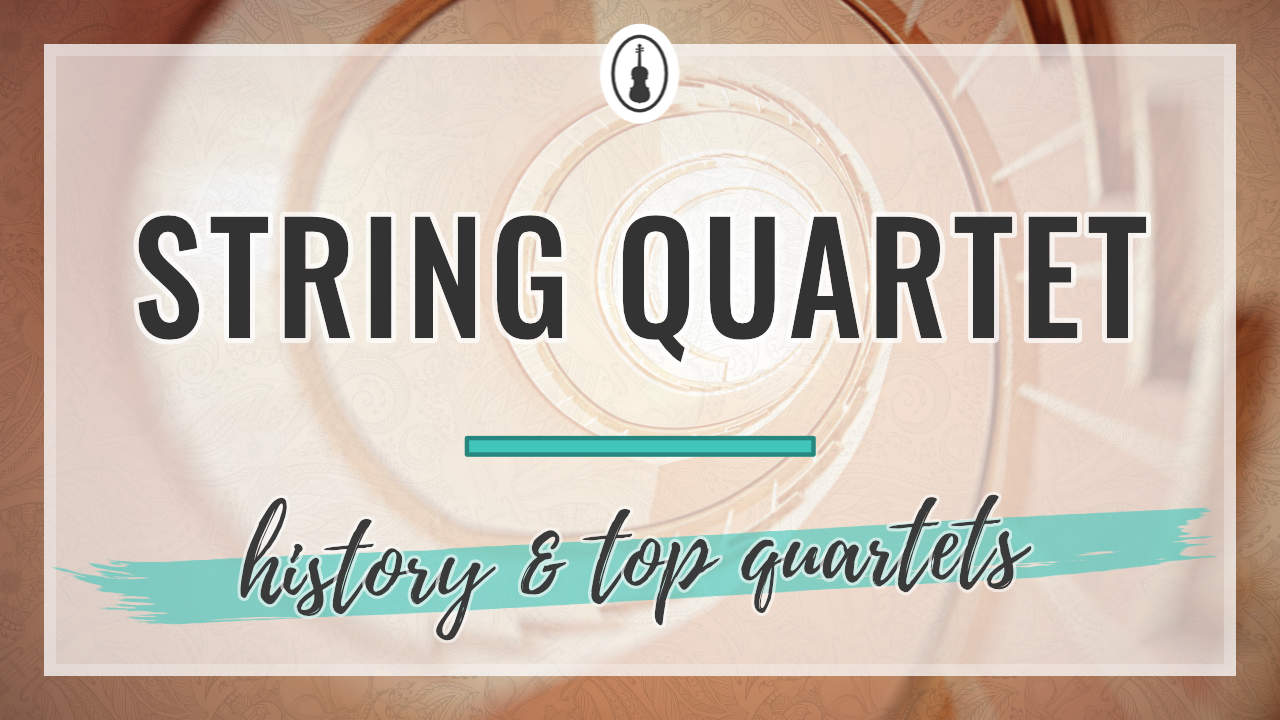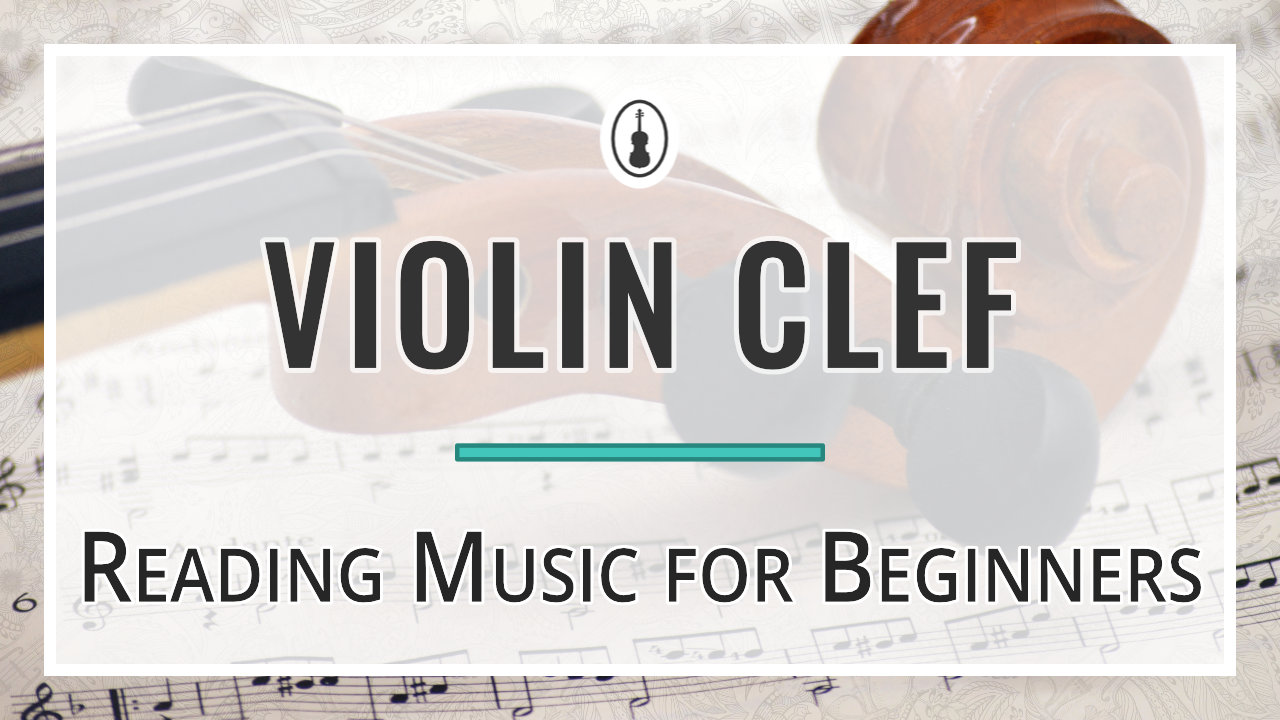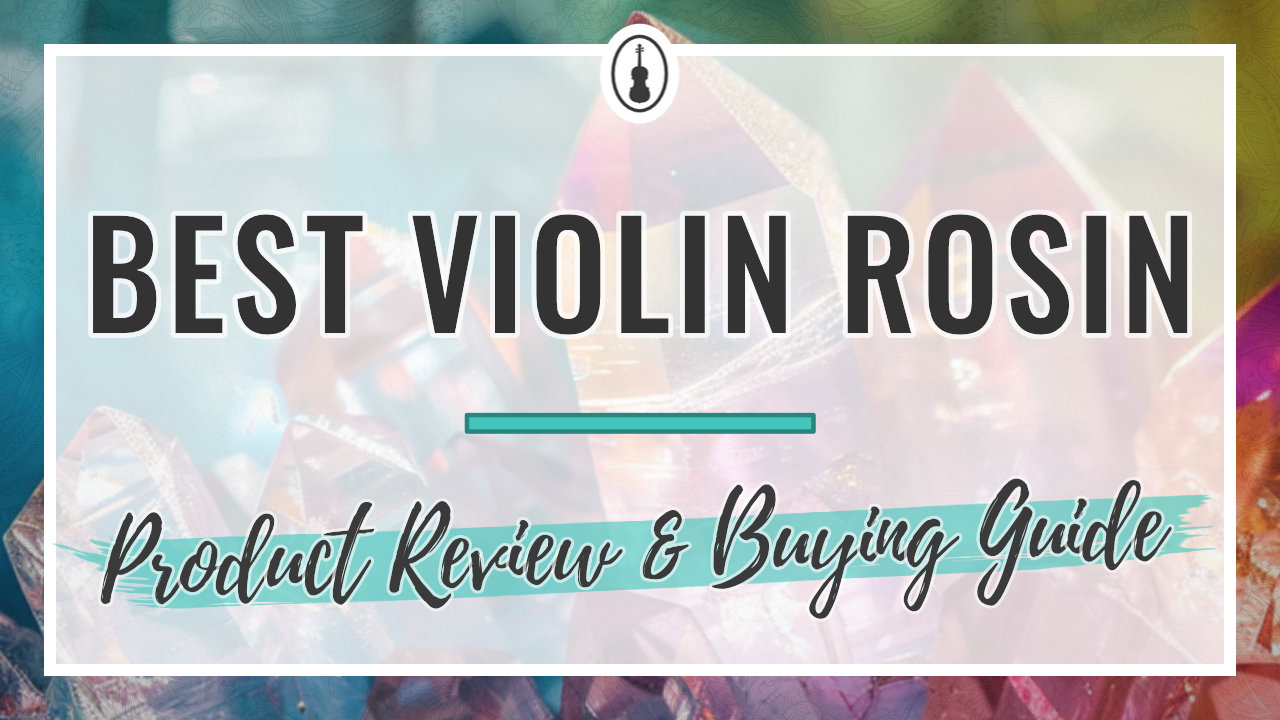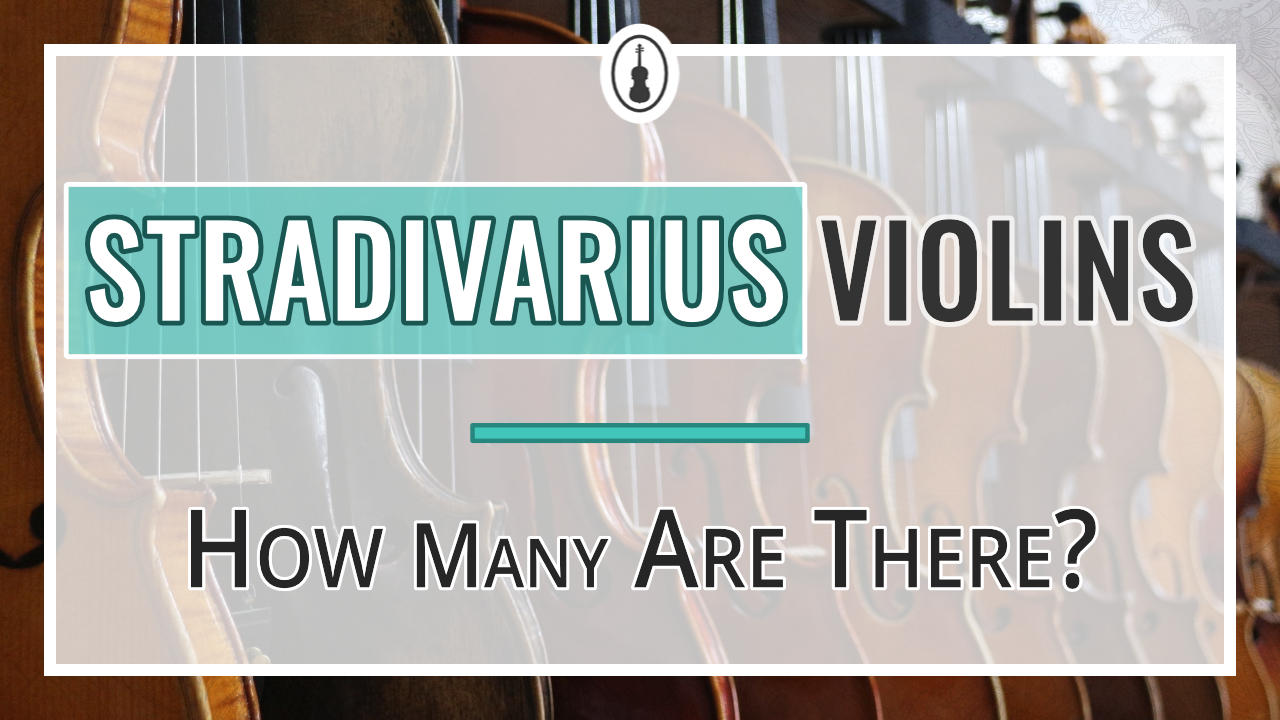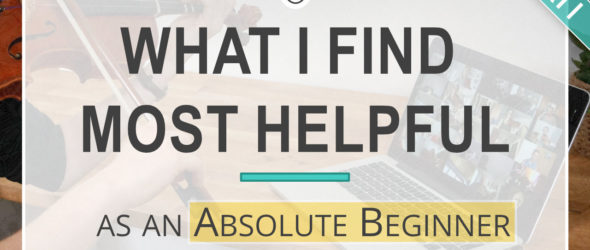
This article is written by Gregory, member of Julia’s Violin Academy
In early January 2021 I joined Julia’s Violin Academy (JVA) as an absolute beginner violinist. At 59 years old I had never before made any serious attempt to play a musical instrument and to be honest I was a little skeptical that I would be able to learn to play a violin over the internet. However, after doing some research I discovered JVA and then watched their live holiday concert on zoom. I was hooked and after exploring the JVA website and feeling more confident that I could do this, I purchased a violin and started. That was three months ago and since then I have made more progress than I would have ever believed at the time I started. The following is a list of what I have found helpful along the way so far. I’m sure there are many more items that you could add but these are the ones that have stood out for me. I hope these help you as well and maybe you could share a few of your own in a sprint sometime.
Practice Regularly
I make every effort to practice daily and have devised several strategies to help me achieve this goal. I have found the best and most enjoyable way for me to practice is by attending one of the several sprints that are offered each day at JVA. For those of you who are new to JVA and might not be familiar with sprints, they are approximately hour long practice sessions on Zoom that you attend with other JVA students. There is a host for each sprint and in the sprint I attend each day, everyone takes a few moments to tell everyone else which violin playing skills they will be working on during the sprint and ask questions. The host also provides announcements of any upcoming activities at JVA. Everyone then mutes themselves and practices until the midpoint of the sprint when we all unmute and spend a few minutes discussing how our practice is going, then it’s back to practicing until we meet again at the end of the sprint. Sprints are a lot of fun and not only will you get your practice time in, you will also meet a lot of interesting and inspiring violinists of all levels.
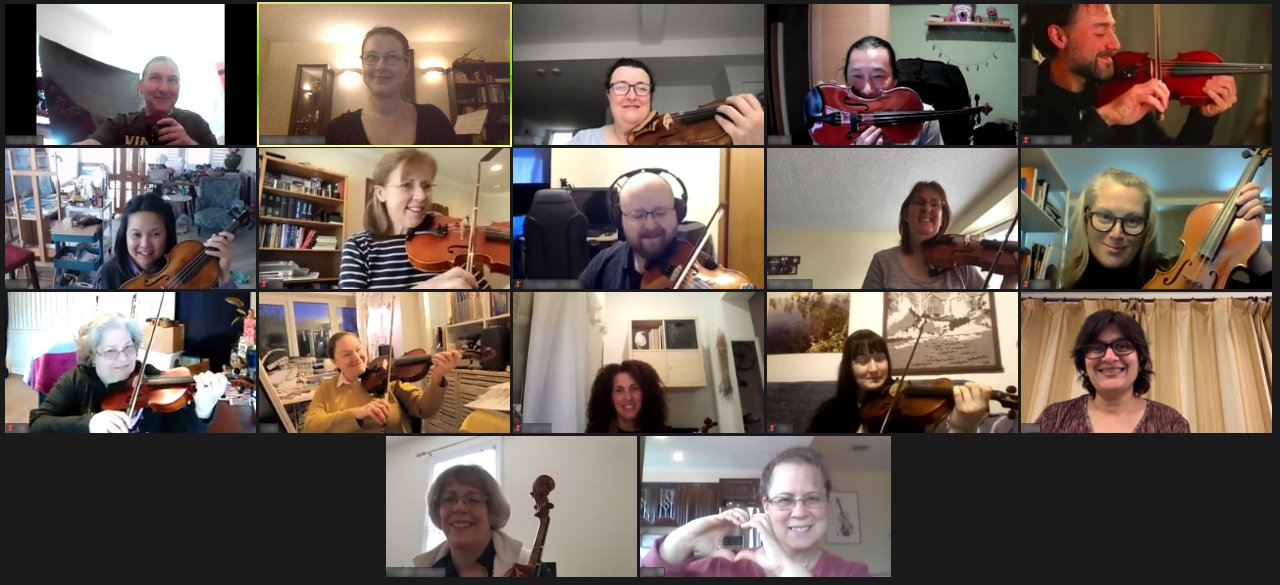
I also leave my violin out and accessible. This gives me an opportunity throughout the day and evening to pause and have a mini practice even if it’s only for a few minutes (a couple of short practice sessions can quickly add up). I usually use these short practices to work exclusively on anything that is currently challenging me. After a few short practices I almost always see some improvement whether it is an arpeggio that I am trying to learn or a new piece of music. Short practices are also a little more forgiving on your finger tips when you are just starting out.
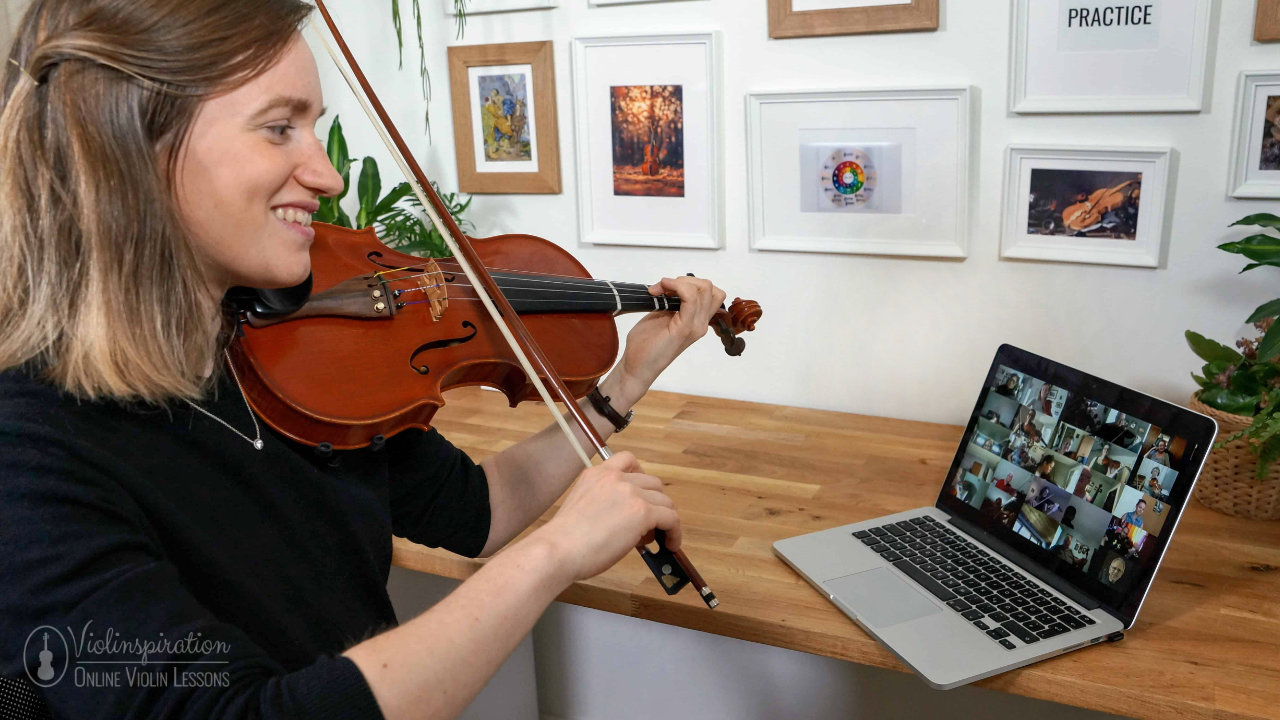
Create a Practice Plan
After about two months of playing the violin I realized that my practice sessions were starting to become unfocused. Now that I was learning how to play scales, arpeggios, elbow positions, and actual pieces of music, I found that I had too many skills to work on in a single practice session. It was about this time that I attended a beginners workshop on Zoom and learned from Julia the importance of having a practice plan. I already knew that Julia provides practice plans in the workbook, which is a good starting place, but for myself I needed something even more specific. So, for the past month I have been keeping a notebook for violin playing. Every night I sit down for a few minutes to reflect upon how my playing is progressing and what I need to improve upon in my next practice session as well as developing longer term goals which help me focus on which skills I need to improve. Julia advises to be as specific as possible with regard to what you are going to practice and I have found her advice to be invaluable. I also choose a single specific skill such as bowing straight, playing in tune, or holding my fingerboard hand in proper position, that I try to stay aware of and work on throughout the entire practice session. Now that I have a plan I know exactly what I am going to practice; whether it is a progression of a few challenging notes, string changes, a particular scale, or even an entire piece of music. As a result, my practices have become more productive and I find myself progressing with a purpose rather than guessing each time.
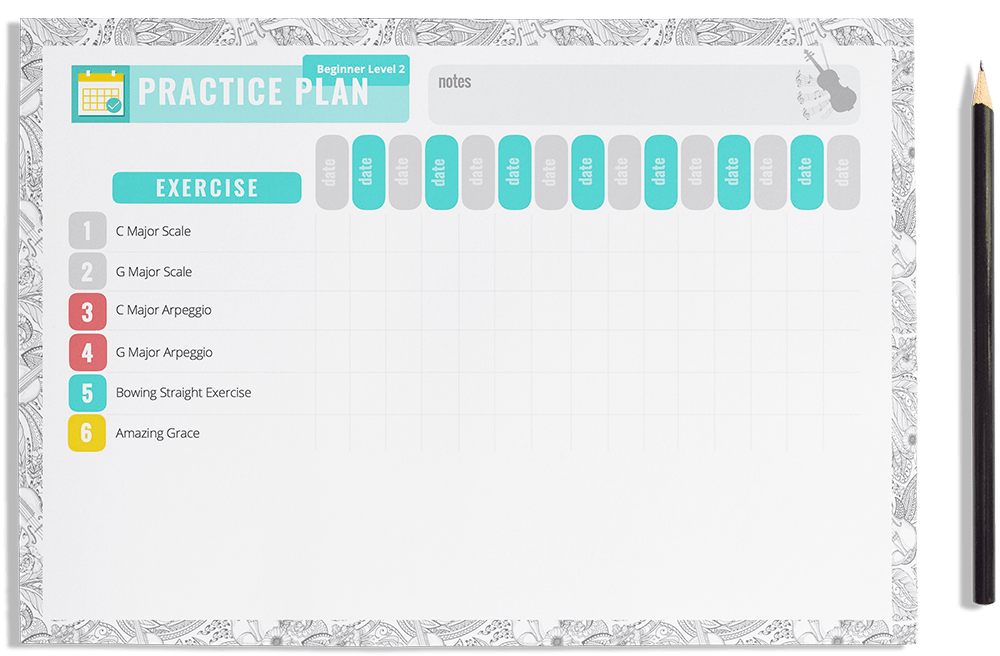
Hand Exercises
Early on Julia introduces you to several hand exercises you can perform with your bow. These include what I call the windshield wiper, stirring clouds, and crawling spiders up and down the bow as well as some stretches I throw in for good measure. Before any practice session of length I always spend about five minutes working on these. As a result my hand strength, stamina, flexibility and fine motor control have improved tremendously which has really helped improve the smoothness of my playing.
Use a Tuner
I don’t have what you would call a musical ear meaning I can’t tell you very easily what note is being played and whether or not it is in proper pitch. Therefore, like many others I use a tuner (mine also has a metronome) to help me as I continuously work on developing this skill. Not only has this helped me tune my violin but over time as I play I am starting to develop the ability to recognize notes and hear pretty quickly if I am playing them too high or too low. Everyone learns differently but for myself I have found that having a tuner I can place on the music stand I can either refer to it constantly, as I did at first, or as needed which is now happening more and more often for me. Others have a tuner that attaches to your violin near the string pegs but I have never had an opportunity to use this configuration of tuner and therefore can’t really comment on it other than to say join a sprint and ask others how this has worked for them. You can also find a tuner on the JVA website.
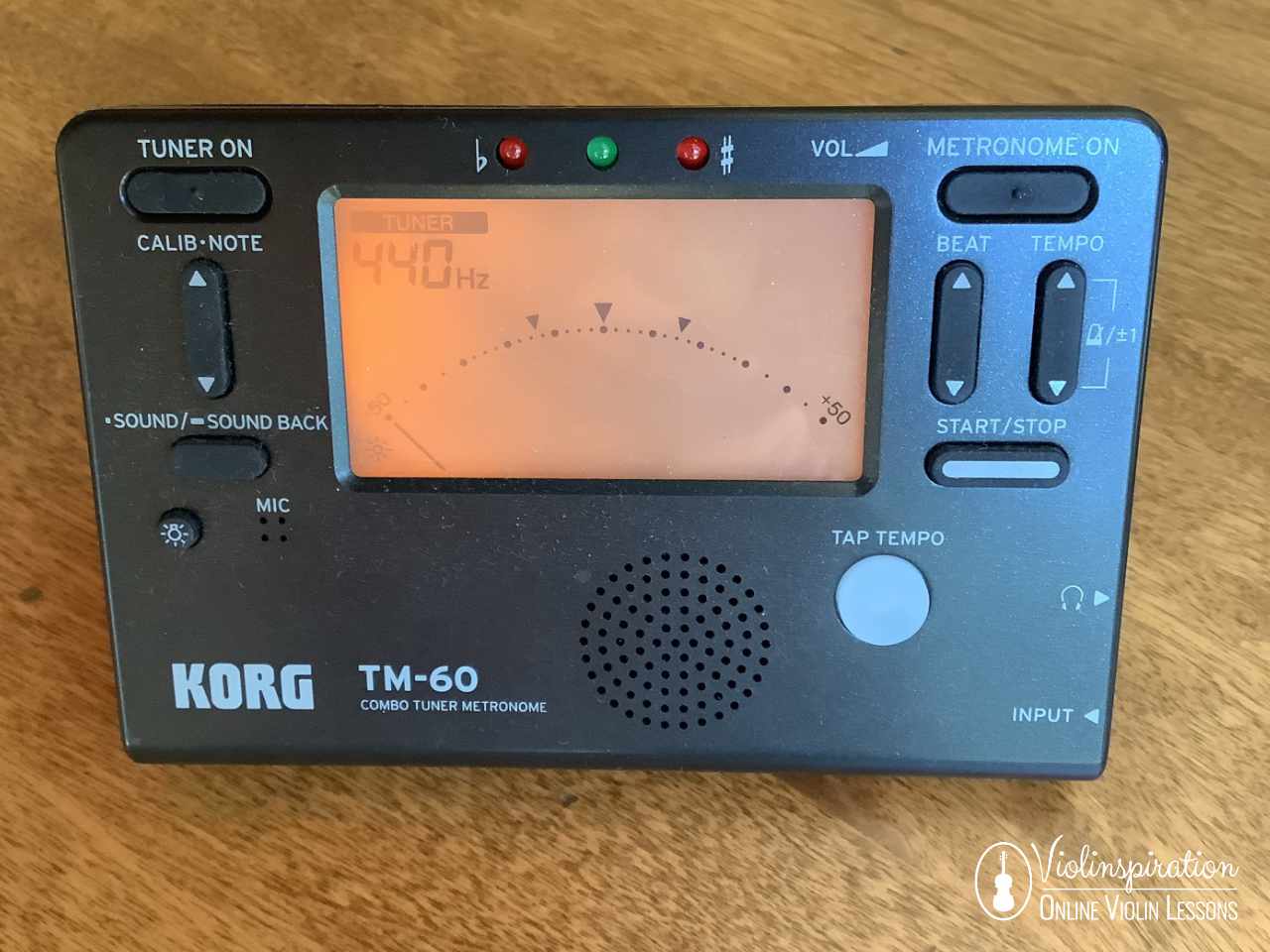
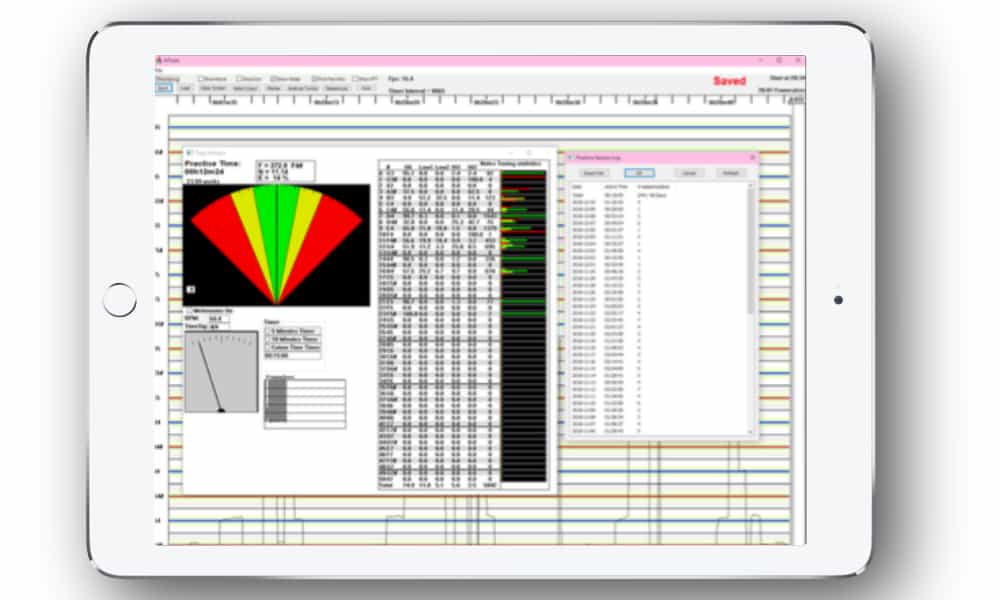
Ask Questions
I am always amazed how much knowledge is out there and how willing people are to share their experiences to help you. Not only do you have Julia and Victoria but the entire JVA community of students are as well. I can’t tell you how often during a sprint I have asked a question or heard someone else ask a question that gets answered by another student (or students) which helps me play better, understand a technique that I am trying to grasp, or interpret something in a piece of sheet music that may be confusing. Also, don’t miss out on your opportunity to ask specific questions about your playing in the comment box when submitting a video for feedback. This is particularly helpful if you already know you are having difficulty with something and would like feedback to help you improve. You can also watch the instructor feedback for other students who have previously submitted a piece of music you are working on. This is a great way to learn as well.
I originally started with a much longer list which included everything from using a straw to help keep your bowing straight (which I do for a while everytime I see my bowing getting sloppy) to my own method for avoiding stage fright every time you push the record button. Maybe in a future post I can expand upon this list as my own playing and violin knowledge progresses. After three months, I am convinced of one thing, if you put the time and effort in on your part you certainly can learn to play the violin over the internet.
In the meantime, I hope to see you in an upcoming Practice Sprint and find out what works best for you.
Happy Playing,
Gregory
